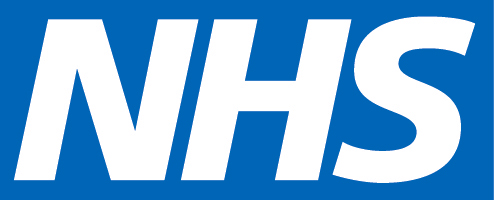
Parents and carers in West Yorkshire are being asked to be on the lookout for symptoms of Group A Streptococcus, or ‘GAS’, in children (more commonly known as scarlet fever). Symptoms include sore throat, headache, fever and a fine, pinkish or red body rash. On darker skin the rash can be more difficult to detect visually. It will have a sandpapery feel when you rub your hand over a child’s skin.
Parents and carers who identify these symptoms should contact NHS 111 online, call NHS 111 or their GP because early treatment with oral antibiotics is important to reduce the risk of complications, such as pneumonia or a bloodstream infection.
If your child has scarlet fever keep them at home until at least 24 hours after the start of antibiotic treatment to avoid spreading the infection to others.
Parents and carers are advised to call 999 or go to A&E only if your child is having noisy or difficulty breathing, there are pauses in your child’s breathing, your child’s skin, tongue or lips are blue and/or your child is floppy, drowsy and or will not wake up.
Sal Uka, Consultant in Speciality Paediatrics at Calderdale and Huddersfield NHS Foundation Trust and Clinical Director for West Yorkshire Associate of Acute Trusts said:
Our advice for parents and carers is that if you feel that your child seems seriously unwell, you should seek emergency care immediately. For babies, if you child is drinking or eating much less than normal, has dry nappy or hasn’t passed wee for 12 hours or more or shows other signs of dehydration, feels hotter than usual when you touch their back or chest or feels sweaty or is irritable, please again contact NHS111 online, call NHS 111 or your GP. Where a child is exhibiting the symptoms of scarlet fever, such as sore throat, headache fever and a fine, pinkish or red body rash with a sandpapery feel, caused by Strep A bacteria, again contact NHS111 online, call NHS 111 or your GP.
Dr James Thomas, Medical Director for NHS West Yorkshire Integrated Care Board said:
We are seeing many more children than usual in our urgent and emergency departments. It is important that parents and carers understand where to seek help depending on the symptoms being exhibited. For the more serious symptoms, an emergency department is the correct place, but for the milder symptoms of scarlet fever, visit NHS111 online or call your GP to stop the spread of the infection and ensure emergency services are kept for those seriously ill. Having too many children in our emergency departments who only have mild illnesses means that our doctors and nurses cannot give their full attention to those who are really ill.
Nationally investigations are underway following an increase in the number of infections in children, although there is no evidence that a new strain is circulating. However, children can on occasion develop a bacterial infection on top of a virus and that can make them more unwell. Group A streptococcus is spread by close contact with an infected person and can be passed on through coughs and sneezes, so if a child is diagnosed with Strep A then they should stay at home until at least 24 hours after the start of antibiotic treatment.
The UK Health Security Agency advises that Group A streptococcus (GAS) is a common bacteria, which lots of people carry in their throats and on their skin. It doesn’t always result in illness. However, it does cause several infections, some mild and some more serious. Whilst infections are still uncommon, there has been an increase in cases this year, particularly in children under 10.
For more information on scarlet fever please visit the NHS website: